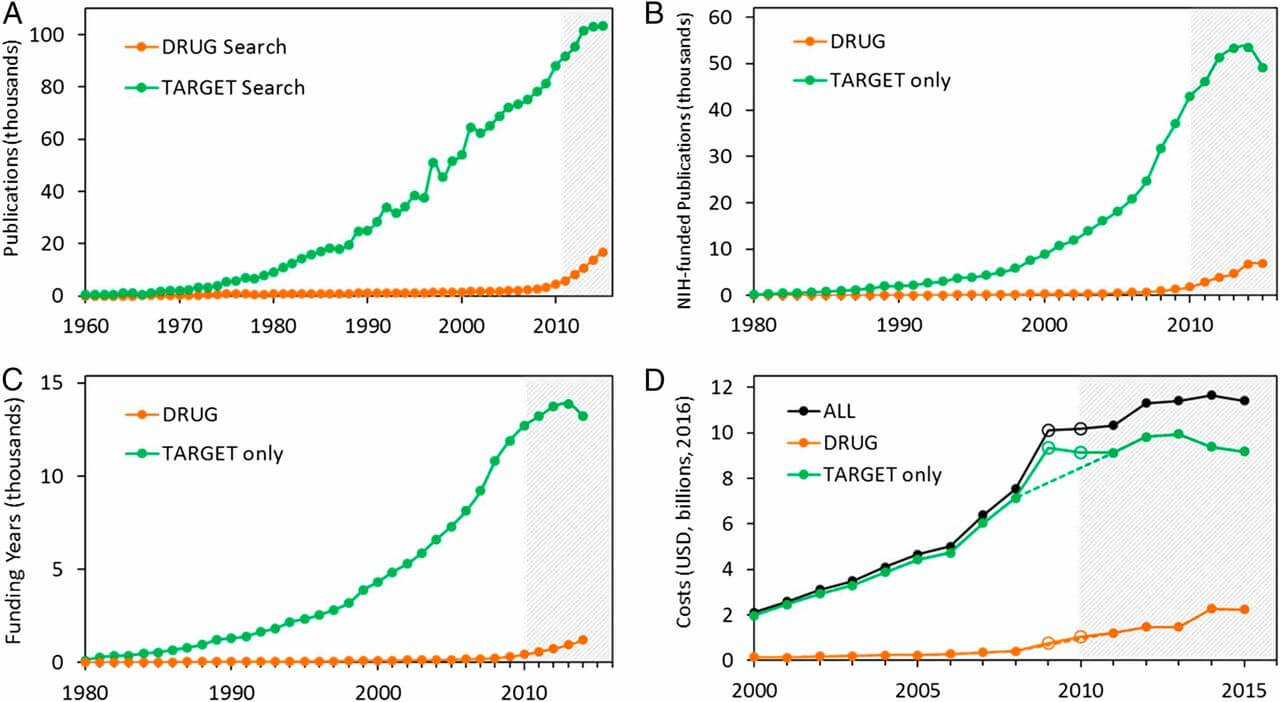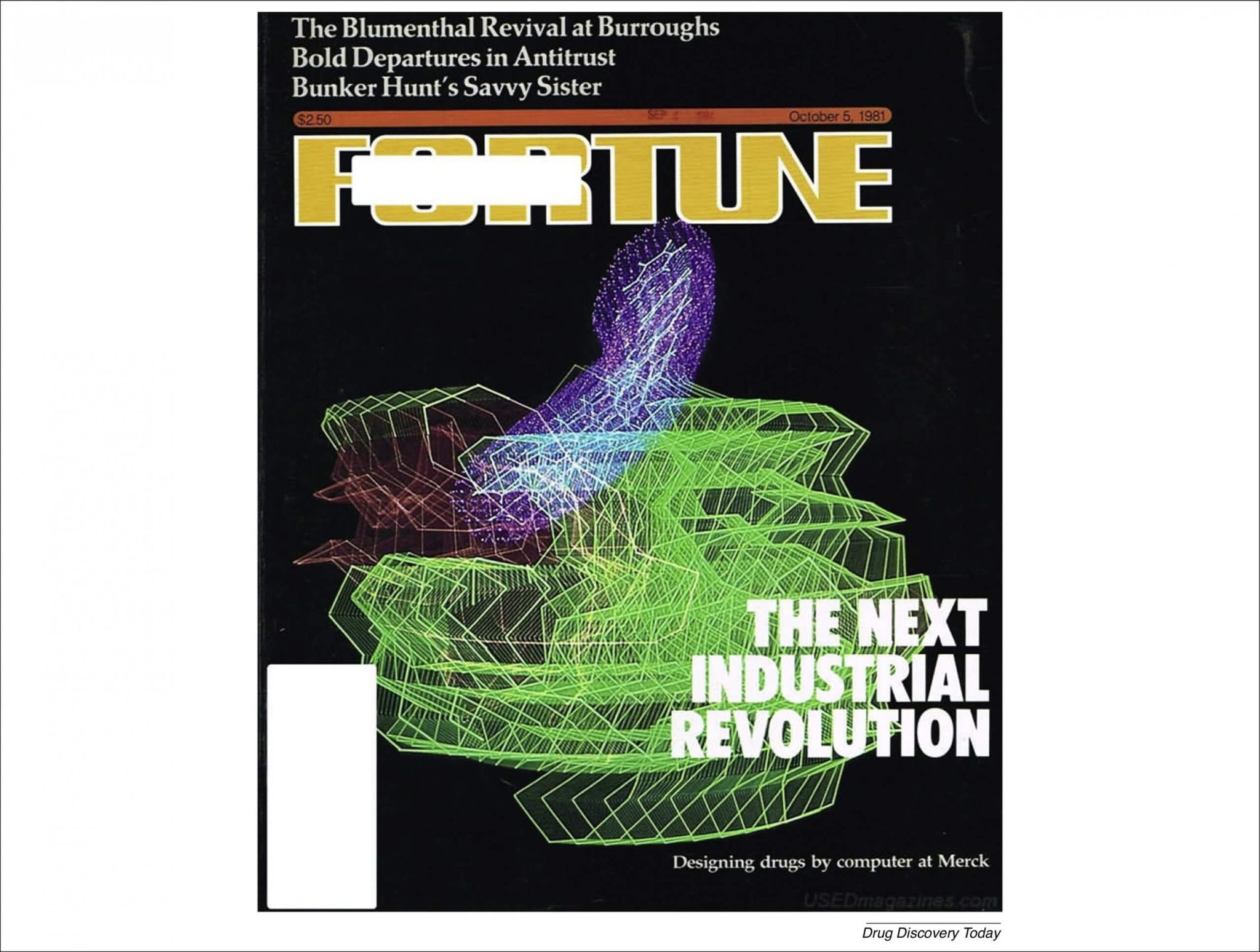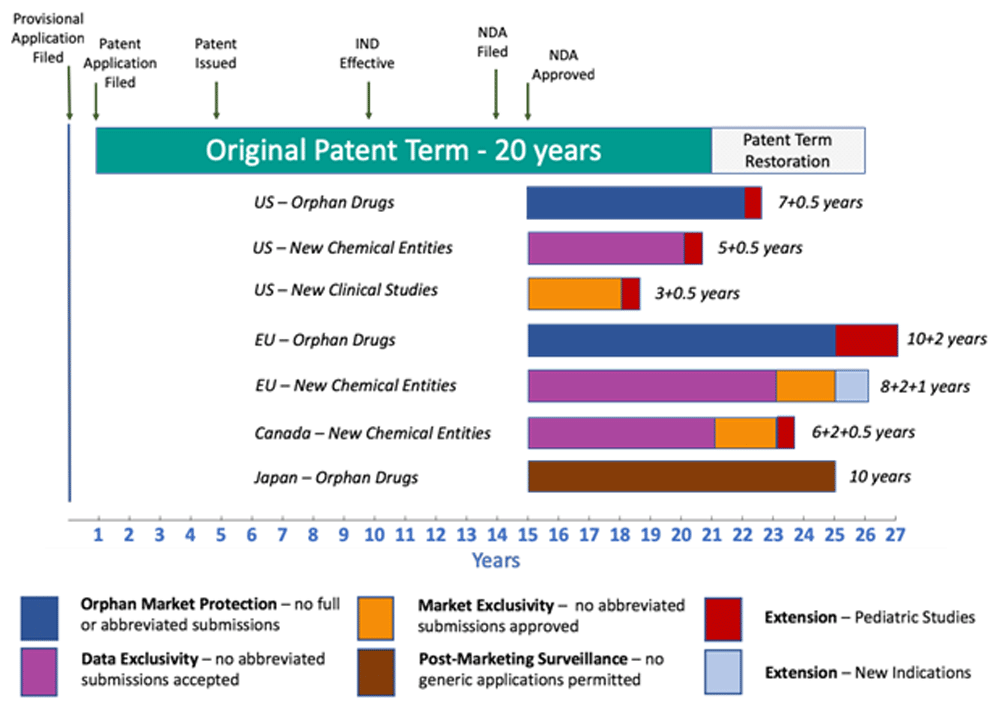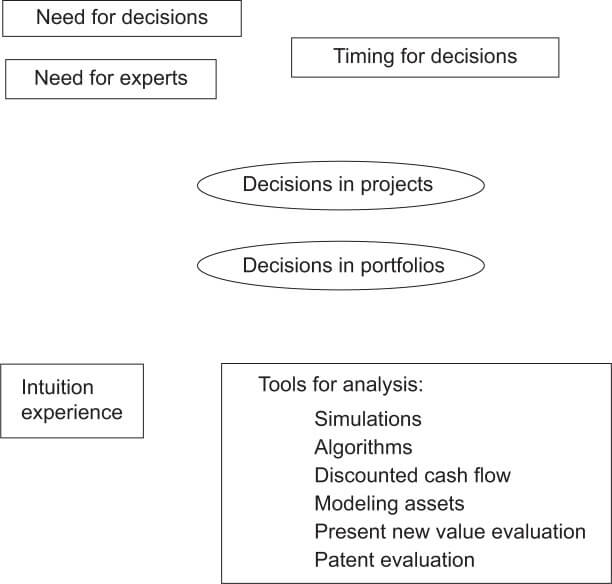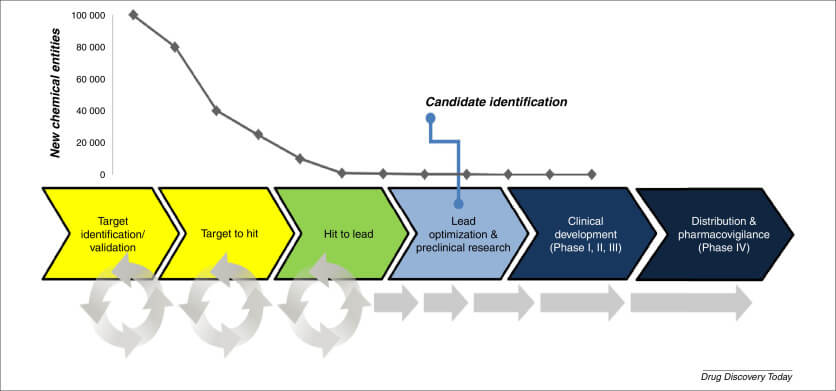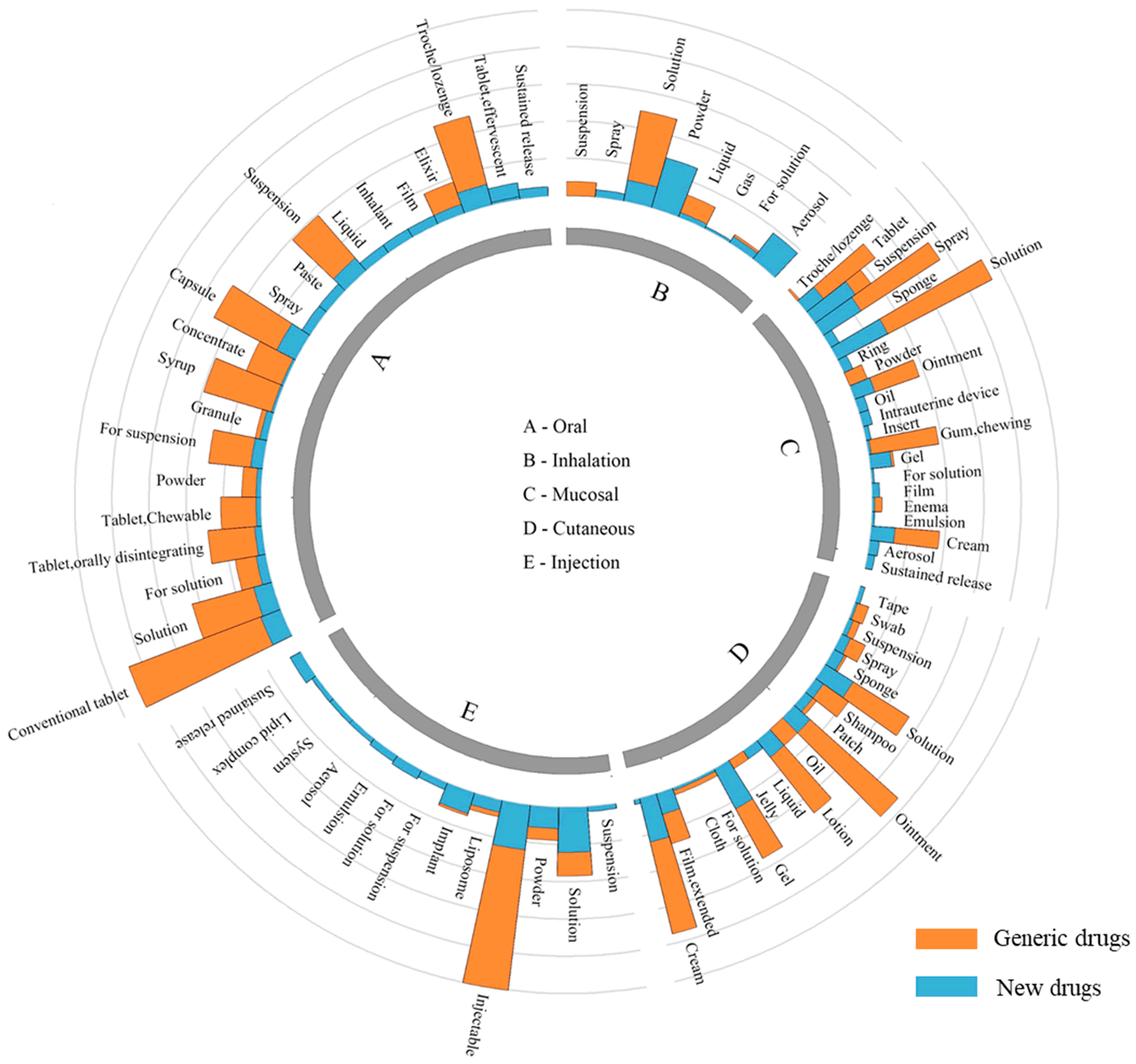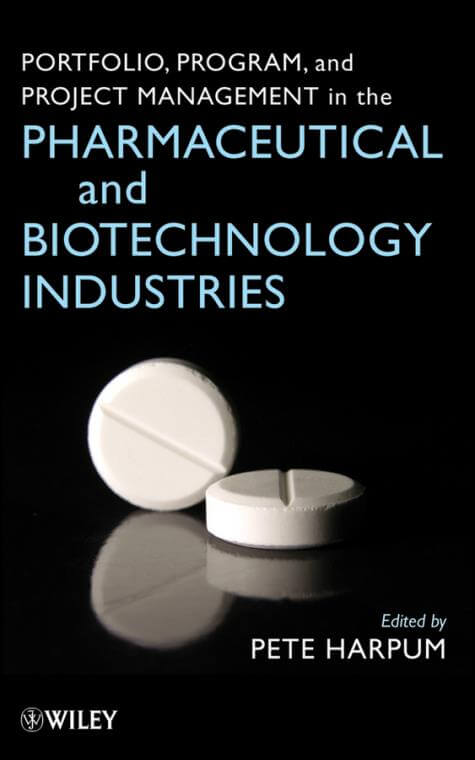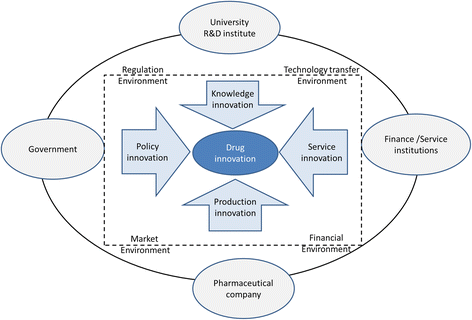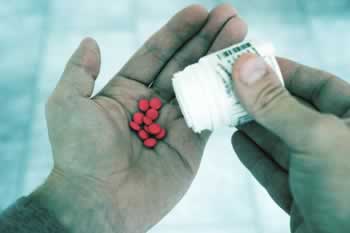The High Stakes of Pharmaceutical Patent Litigation

In the fiercely competitive pharmaceutical industry, patent disputes can make or break a company’s fortunes. With billions of dollars in revenue often riding on the outcome, drug makers are increasingly turning to sophisticated legal and business strategies to protect their intellectual property and market share.
Patent litigation is the lifeblood of the pharmaceutical industry. Companies invest enormous sums in R&D to develop new drugs, and robust patent protection is essential to recouping those costs and funding future innovation.
Key Strategies for Success in Drug Patent Cases
1. Build a Strong Patent Portfolio
Pharmaceutical companies should aim to secure multiple layers of patent protection for their products, including patents on the active ingredient, formulation, manufacturing process, and methods of use. This creates a “patent thicket” that is more difficult for competitors to design around.
“We advise clients to file early and often,” notes John Doe, patent counsel at PharmaGiant Inc. “Having a diverse patent portfolio gives you more arrows in your quiver when it comes time to litigate.”
2. Conduct Thorough Pre-Litigation Due Diligence
Before initiating a patent lawsuit, companies should carefully analyze the strength of their patent claims and potential defenses. This includes reviewing the patent prosecution history, conducting prior art searches, and assessing the likelihood of success on various legal theories.
3. Choose the Right Venue
The choice of where to file a patent lawsuit can significantly impact the outcome. Some jurisdictions are seen as more patent-friendly than others. The Eastern District of Texas and District of Delaware are popular venues for patent cases due to their experienced judges and plaintiff-friendly reputations.
4. Leverage Regulatory Exclusivities
In addition to patents, pharmaceutical companies can take advantage of various regulatory exclusivities granted by the FDA, such as New Chemical Entity (NCE) exclusivity and Orphan Drug exclusivity. These can provide additional years of market protection beyond patent expiration.
“A well-crafted exclusivity strategy combining patents and regulatory protections can extend a drug’s monopoly by years or even decades,” says regulatory expert Sarah Johnson of ConsultCo.
5. Consider Inter Partes Review (IPR)
IPR proceedings at the U.S. Patent and Trademark Office can be a faster and less expensive way to challenge patent validity compared to district court litigation. However, the stakes are high – if unsuccessful, the challenger is estopped from raising the same arguments in later litigation.
6. Explore Settlement and Licensing Options
In many cases, reaching a negotiated settlement can be preferable to prolonged and costly litigation. This may involve cross-licensing agreements, royalty payments, or agreements to delay generic entry.
Case Study: Amgen v. Sanofi
The long-running patent battle between Amgen and Sanofi over cholesterol drugs illustrates many of these strategies in action. Amgen secured multiple patents on its anti-PCSK9 antibody technology and filed infringement lawsuits in the U.S. and abroad. The case involved complex scientific issues and reached the Supreme Court on the question of enablement requirements for genus claims[1].
The Global Dimension of Pharma Patent Disputes
Increasingly, drug patent disputes are playing out on a global stage. Companies must coordinate litigation strategies across multiple jurisdictions with different patent laws and procedures.
“We’re seeing more parallel litigation in the U.S., Europe, and Asia for blockbuster drugs,” observes international IP expert Wei Zhang. “Outcomes in one country can have ripple effects elsewhere, so a holistic global strategy is crucial.”
Emerging Trends and Future Outlook
Looking ahead, several trends are likely to shape pharmaceutical patent litigation:
- Increased scrutiny of patent settlements under antitrust laws
- Growing use of IPR proceedings to challenge drug patents
- Rising importance of biologic drugs and biosimilar litigation
- Potential legislative reforms to address perceived abuses of the patent system
“The legal landscape is constantly evolving,” notes Smith. “Successful companies will need to stay agile and adapt their strategies accordingly.”
Conclusion
Winning drug patent disputes requires a multifaceted approach combining legal, regulatory, and business strategies. By building strong patent portfolios, leveraging exclusivities, choosing favorable venues, and considering settlement options, pharmaceutical companies can maximize their chances of success in this high-stakes arena. As the industry continues to evolve, so too will the strategies employed to protect valuable intellectual property.
Citations:
[1] https://www.iam-media.com/review/the-patent-litigation-review/2024/article/specialist-chapter-trends-and-strategies-in-global-pharma-and-biotech-patent-litigation
[2] https://www.iam-media.com/global-guide/global-life-sciences/2021/article/strategies-pharma-patent-litigation
[3] https://crsreports.congress.gov/product/pdf/R/R46679
[4] https://www.commonwealthfund.org/publications/journal-article/2017/sep/strategies-delay-market-entry-generic-drugs
[5] https://www.duanemorris.com/articles/static/fitzpatrick_winning_patent_cases.pdf

